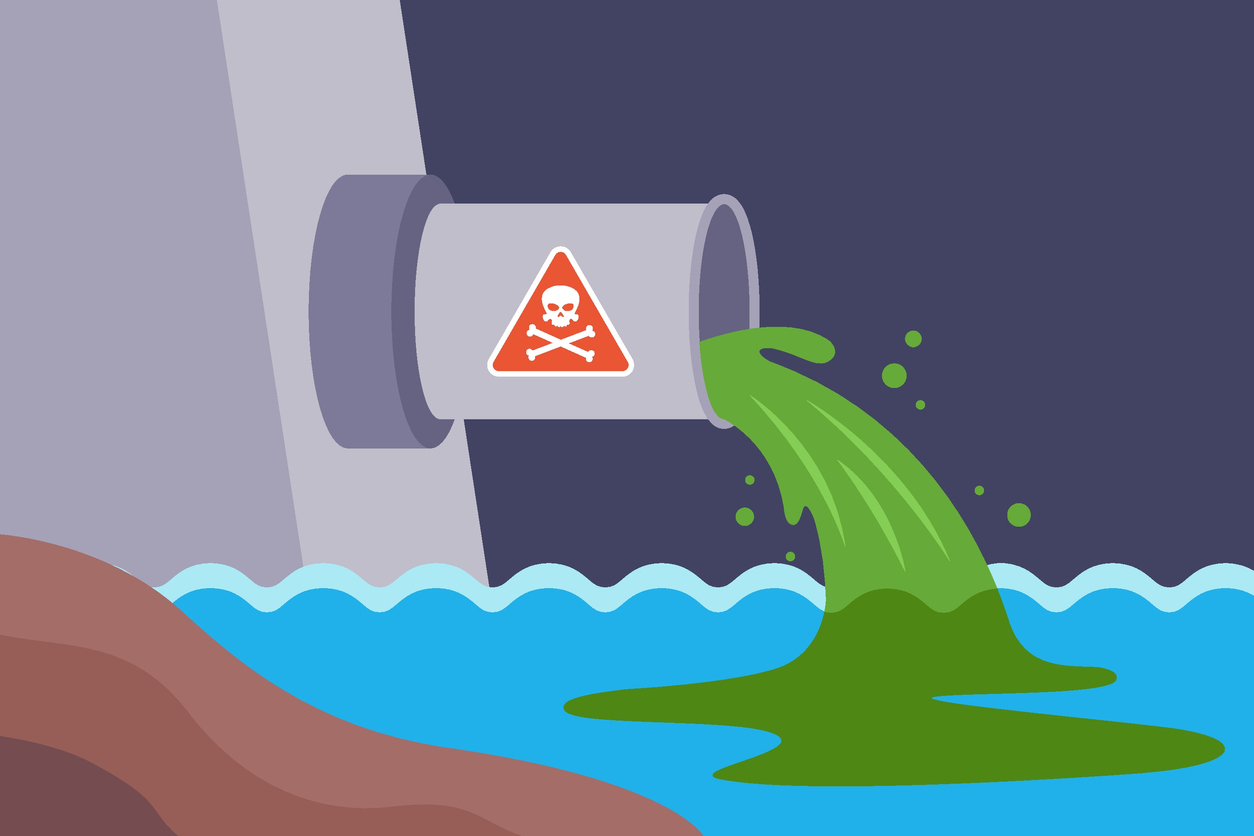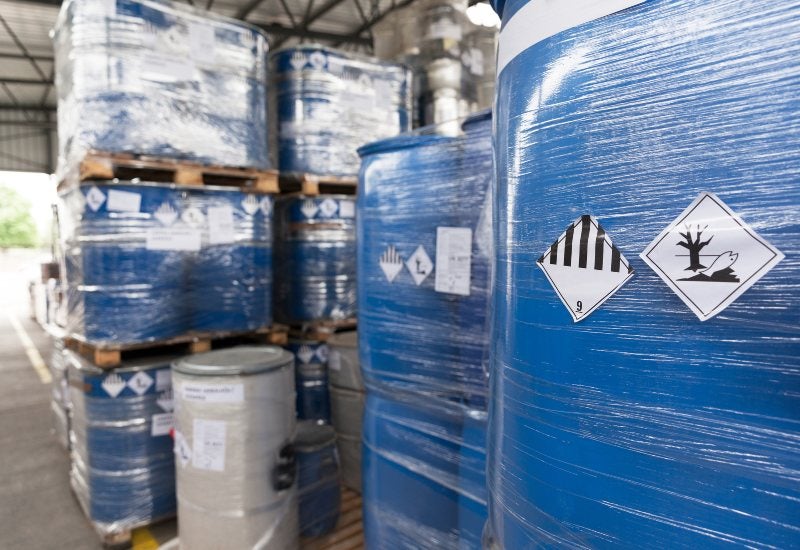Trusted Liquid Waste Disposal Melbourne: Safe and Efficient Solutions
Trusted Liquid Waste Disposal Melbourne: Safe and Efficient Solutions
Blog Article
How Liquid Waste Disposal Works: A Comprehensive Overview of Strategies and Technologies Used

Review of Liquid Waste Types
The complexity of liquid waste kinds demands a comprehensive understanding of their attributes and effects for disposal. Liquid waste can extensively be categorized right into a number of types, consisting of commercial, metropolitan, farming, and contaminated materials. Each group shows unique residential or commercial properties, needing certain management techniques to alleviate environmental and health and wellness risks.
Industrial fluid waste originates from producing processes and typically contains a range of contaminants, such as heavy metals, solvents, and organic compounds. Metropolitan fluid waste, mostly comprising wastewater from households and commercial facilities, consists of raw material, nutrients, and pathogens (industrial wastewater treatment). Agricultural liquid waste, including drainage from farms, might contain fertilizers, pesticides, and pet waste, presenting dangers to water high quality and communities
Hazardous liquid waste is identified by its poisoning, sensitivity, or prospective to create injury. This category consists of substances like acids, bases, and certain chemicals that necessitate strict handling and disposal protocols. Recognizing these diverse fluid waste types is vital for creating effective disposal methods and making sure compliance with environmental regulations. Appropriate classification and characterization are necessary for executing proper treatment strategies and decreasing the negative effect on public health and the setting.
Physical Treatment Approaches

Testing is the first action, where larger bits and particles are gotten rid of from the fluid waste using displays or grates. This process secures downstream equipment from damages and makes sure smoother procedure. Following testing, sedimentation utilizes gravitational force to different solids from liquids. In sedimentation tanks, much heavier bits work out near the bottom, forming a sludge layer, while the cleared up fluid can be more dealt with.
Filtration is one more crucial approach that includes passing the fluid through permeable materials, such as sand or membranes, to record smaller bits. This action improves the top quality of the liquid, making it appropriate for subsequent therapy procedures.

Chemical Treatment Techniques
Chemical treatment strategies are necessary for successfully handling liquid waste, especially in addressing liquified and colloidal impurities that physical techniques might not properly get rid of. These strategies make use of different chemical representatives to neutralize, speed up, or transform dangerous compounds into much less harmful forms.
One usual technique is coagulation and flocculation, where chemicals such as alum or ferric chloride are added to promote the aggregation of put on hold fragments. This process enhances sedimentation, permitting for simpler elimination of the resulting sludge. Furthermore, oxidation procedures, using representatives like chlorine or ozone, are used to damage down intricate natural compounds and pathogens, providing the waste safer for discharge or more therapy.
Neutralization is one more crucial technique, which changes the pH of acidic or alkaline waste streams to neutral levels, protecting against possible damage to downstream systems and the setting. Furthermore, progressed oxidation processes (AOPs) use mixes of oxidants and ultraviolet light to deteriorate consistent toxins, accomplishing a greater degree of therapy effectiveness.
Biological Therapy Procedures
Organic treatment processes play a critical function in the management of liquid waste by using bacteria to decompose organic issue and minimize impurity levels. These processes can be generally classified right into anaerobic and cardiovascular therapies, each employing specific microbial neighborhoods to achieve effective waste deterioration.
Cardio treatment includes making use of oxygen to promote the breakdown of organic products by bacteria. This procedure is generally carried out in turned on sludge systems, where oygenation containers offer a favorable setting for microbial development, causing the oxidation of organic contaminants. The resultant biomass can be separated from dealt with effluent with sedimentation.
On the other hand, anaerobic treatment occurs in the lack of oxygen, relying upon various microorganisms to break down raw material. This method is particularly Your Domain Name advantageous for high-strength waste, as it creates biogas, a renewable resource resource, while decreasing sludge production. Technologies such as anaerobic digesters are often used in local and industrial applications.
Both cardiovascular and anaerobic organic treatments not only minimize the environmental influence of fluid waste yet additionally assist in source recovery, making them crucial components of sustainable waste monitoring approaches. Their performance, effectiveness, and versatility sustain their prevalent application across various markets.
Emerging Technologies in Disposal
Innovative methods to liquid waste disposal are rapidly advancing, driven by advancements in innovation and a boosting focus on sustainability. Amongst these arising technologies, membrane layer bioreactors (MBRs) have obtained grip for their ability to integrate biological treatment with membrane layer filtration, leading to top notch effluent that can be recycled in various applications. MBRs make it possible for smaller impacts and more effective operations compared to traditional systems.
Another promising advancement is the use of anaerobic food digestion combined with nutrient recovery modern technologies, which not only deals with liquid waste however also produces biogas and recovers important nutrients like nitrogen and phosphorus. This dual advantage enhances resource performance and minimizes ecological impact.
Furthermore, advanced oxidation processes (AOPs) are being adopted for the degradation of complicated natural contaminants. These methods make use resource of effective oxidants and drivers to damage down impurities at the molecular degree, using a very efficient remedy for challenging waste streams.
Additionally, the reference assimilation of man-made intelligence and artificial intelligence in waste management systems is enhancing operational efficiency and anticipating maintenance, resulting in reduced expenses and boosted ecological conformity. These technologies reflect a significant change towards more efficient and lasting fluid waste disposal techniques.
Conclusion
In verdict, effective fluid waste disposal demands a thorough understanding of numerous strategies and innovations. By constantly advancing these techniques, it becomes feasible to resolve the growing obstacles associated with liquid waste, ultimately contributing to ecological protection and source healing.
Liquid waste disposal is a critical element of ecological management, needing a thorough understanding of different strategies and technologies tailored to different waste kinds. Liquid waste can generally be categorized into numerous kinds, including industrial, metropolitan, farming, and hazardous waste. Agricultural fluid waste, including runoff from ranches, might consist of fertilizers, chemicals, and animal waste, presenting dangers to water high quality and environments.
Various physical therapy methods play a crucial duty in managing liquid waste successfully - industrial wastewater treatment.In verdict, efficient fluid waste disposal requires an extensive understanding of various strategies and modern technologies
Report this page